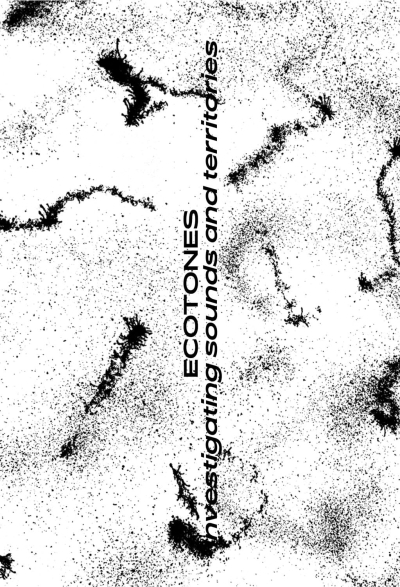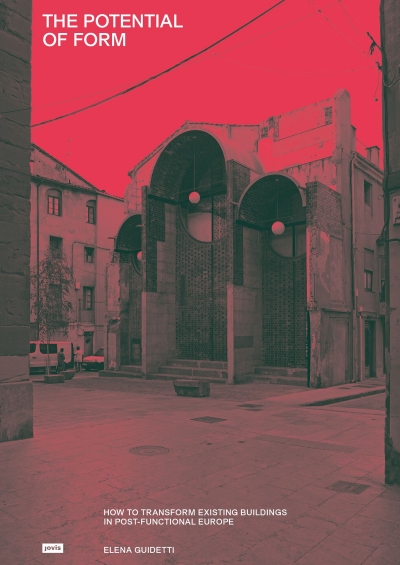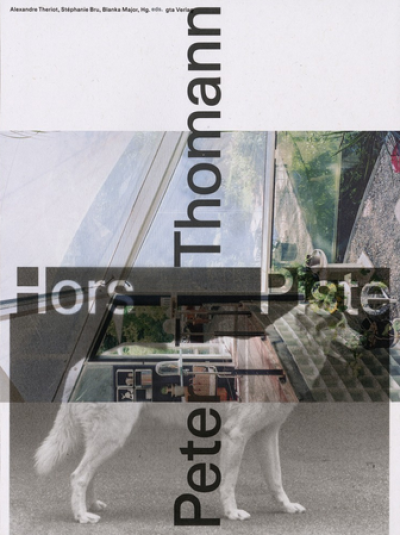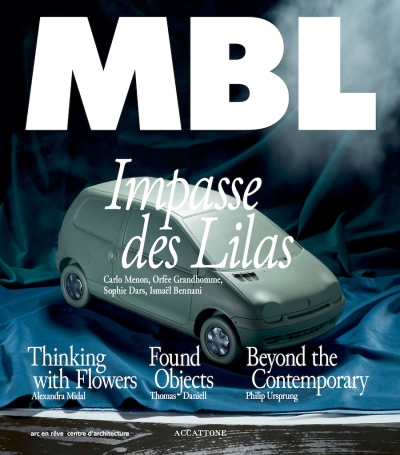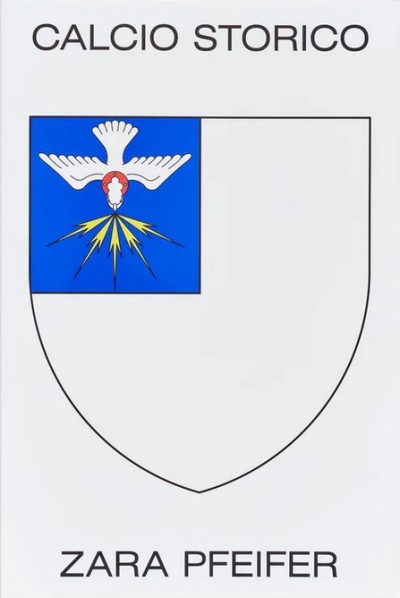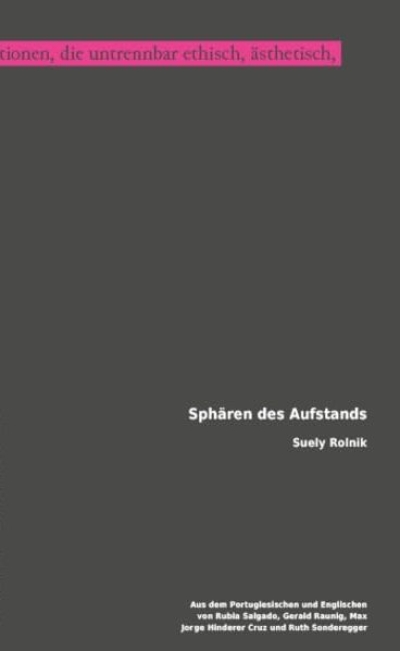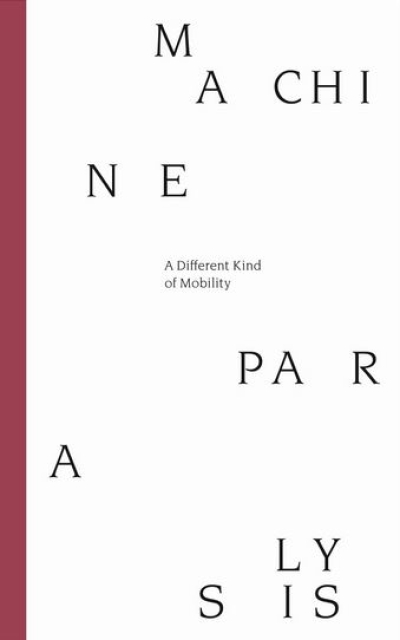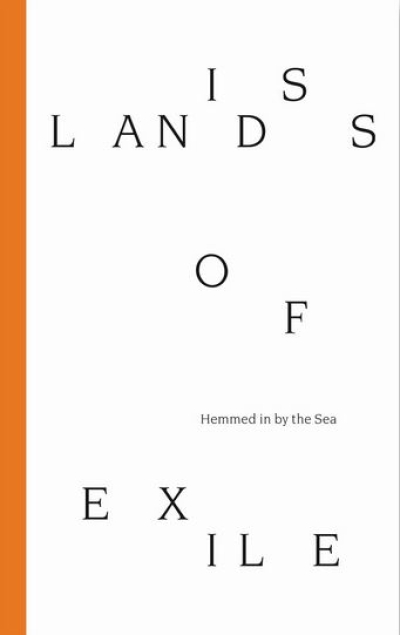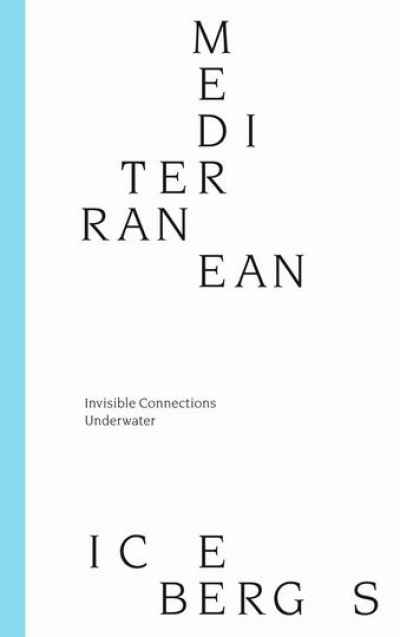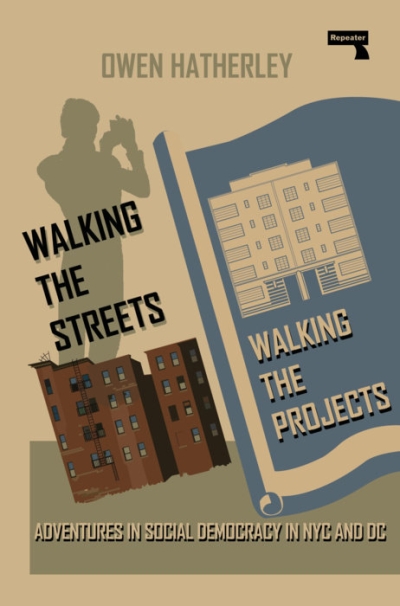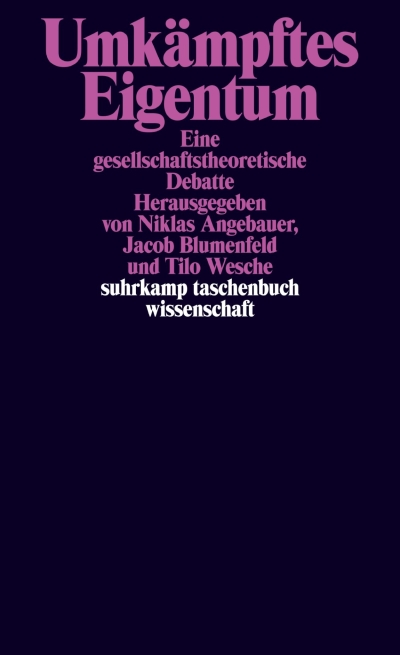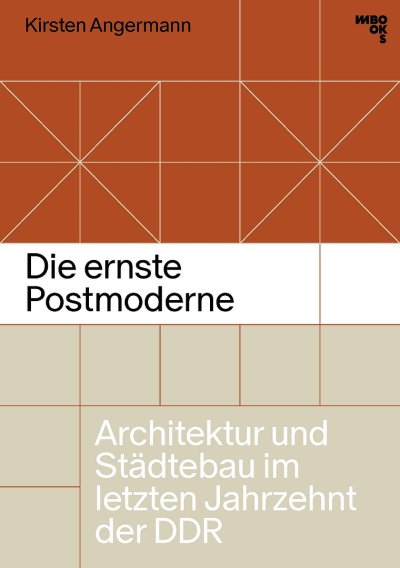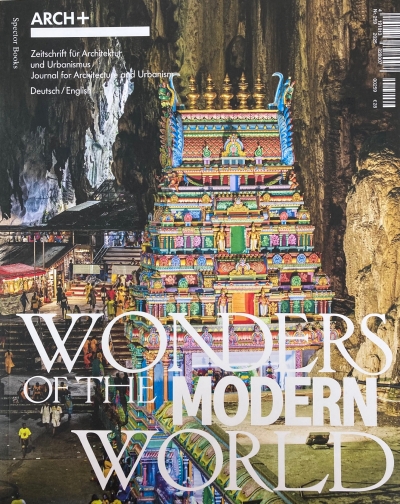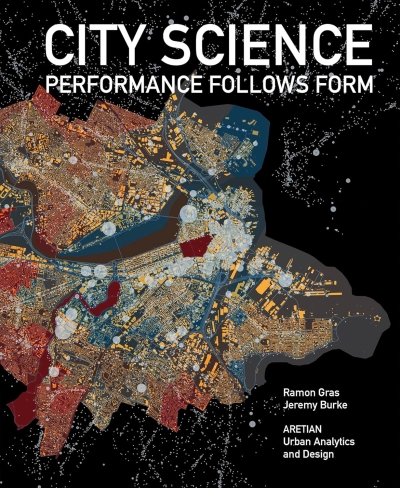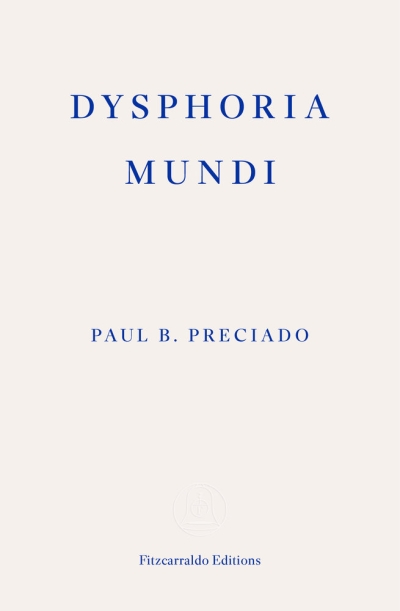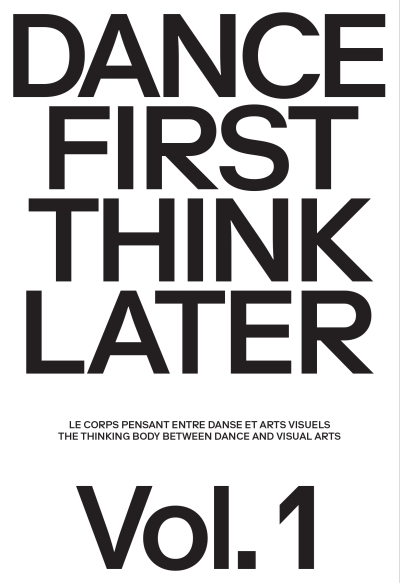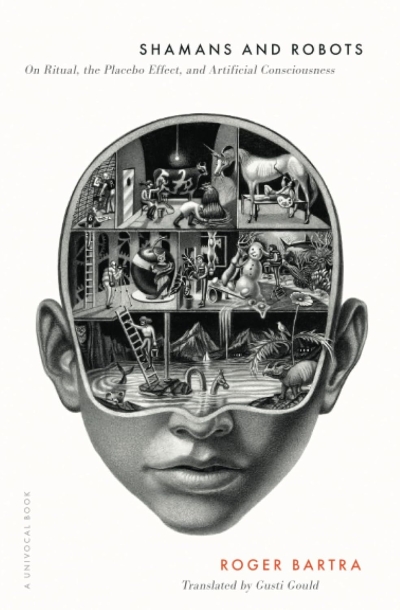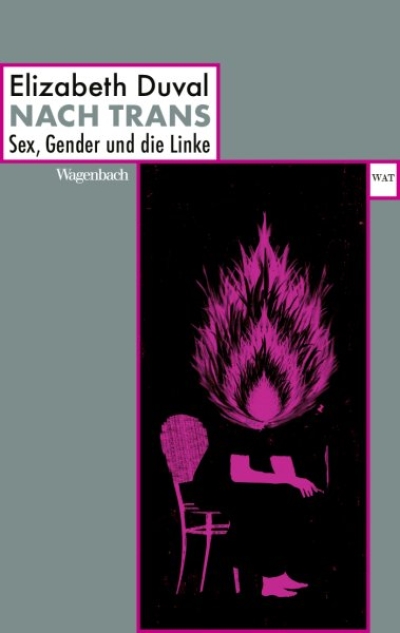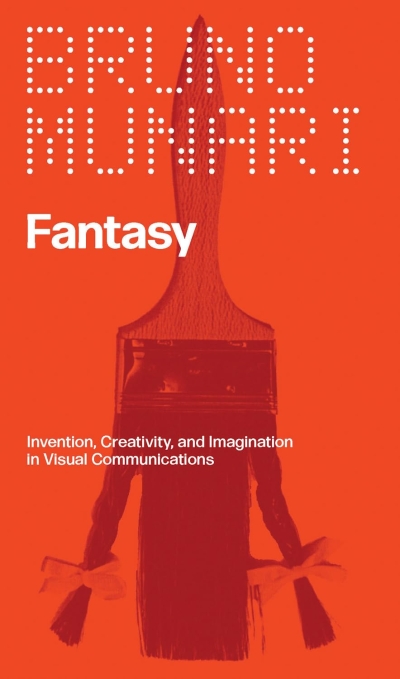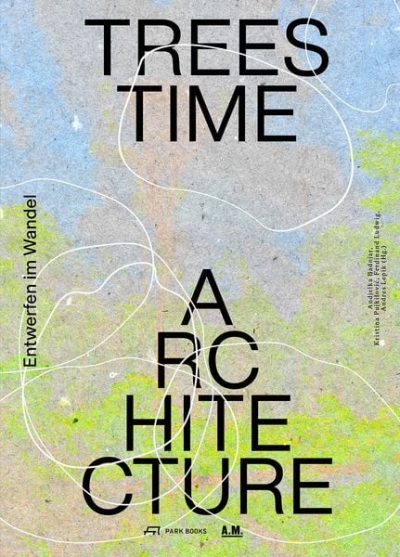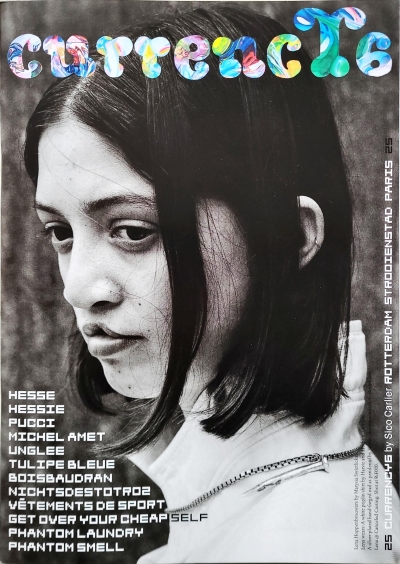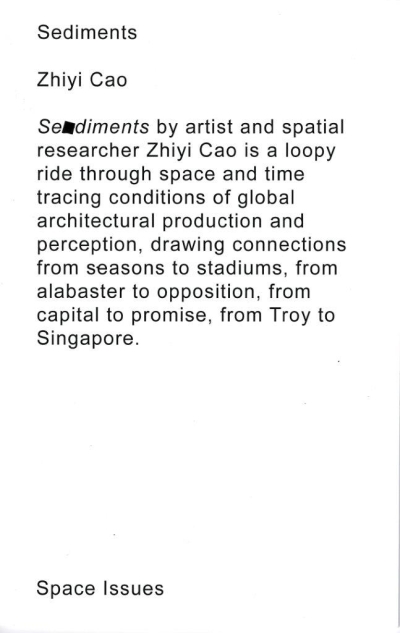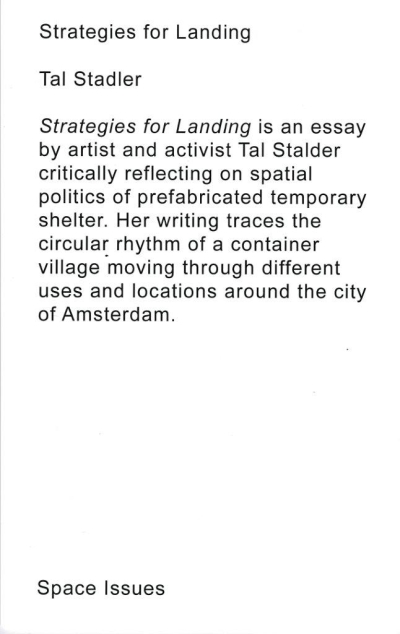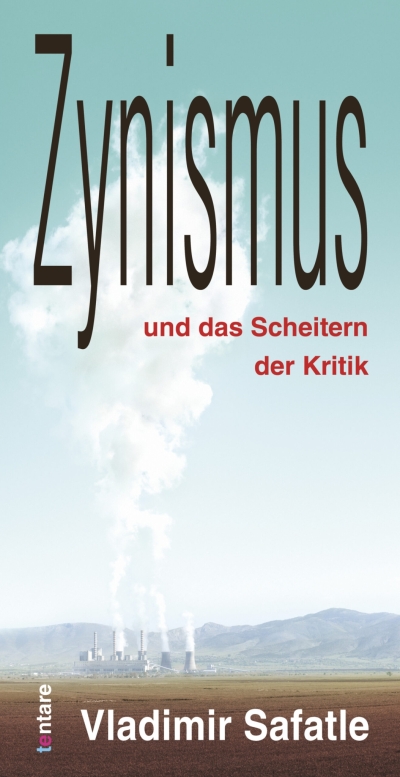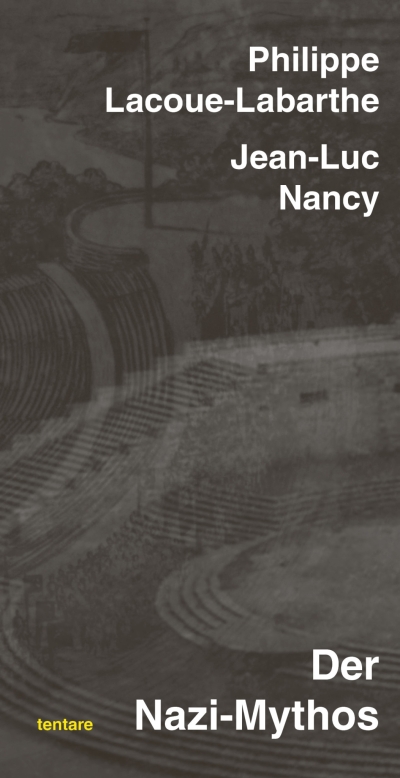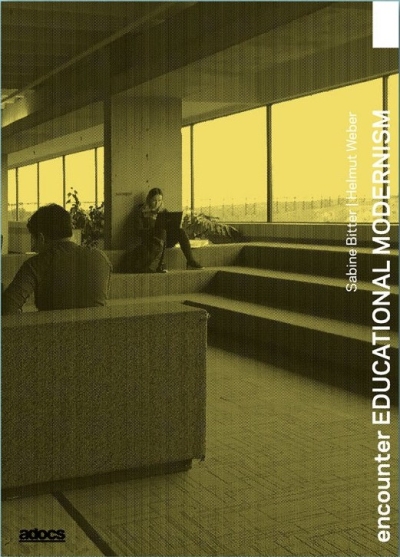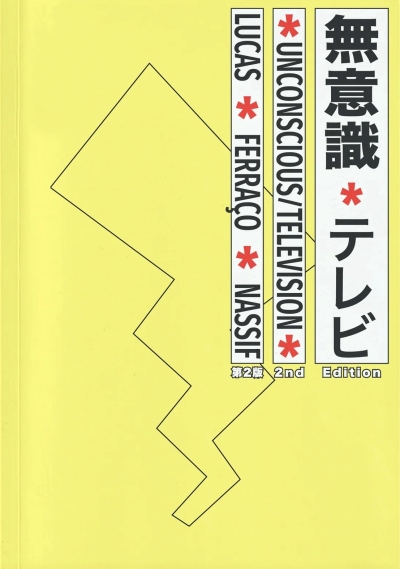Rahel Hartmann Schweizer
Lisbeth Sachs. Animate Architecture
Riccardo Badano,Tomas Percival, Susan…
Common Sensing. Centre for Research Architecture 3
Valentin Bansac, Mike Fritsch, Alice…
Ecotones. Investigating Sounds and Territories
Elena Guidetti
The Potential of Form. How to Transform Existing Buildings…
gerade nicht auf Lager
Chantal Akerman
Chantal Akerman. Eine Familie in Brüssel
Alexandre Theriot, Stéphanie Bru,…
Peter Thomann. Hors Piste
Sophie Dars, Carlo Menon (eds.)
MBL architectes. Impasse des Lilas
Zara Pfeifer, Marina Montresor (ed.)
Calcio Storico. Zara Pfeifer
gerade nicht auf Lager
Suely Rolnik
Sphären des Aufstands. Anmerkungen zur Dekolonisierung des…
gerade nicht auf Lager
Urban Fragment Observatory
Visiting. Inken Baller & Hinrich Baller, Berlin 1966-89…
Camille Pradon, Christos Papamichael,…
Machine Paralysis. A Different Kind of Mobility
Sanem Su Avcı, Tonia Tzirita Zacharatou…
Islands of Exile. Hemmed in by the Sea
gerade nicht auf Lager
James Bridle, Hypatia Vourloumis,…
Mediterranean Icebergs. Invisible Connections Underwater
Anke Hagemann and Ava Lynam, Gaoli Xiao…
Urban-Rural Assembly. A Handbook for Co-Visioning…
gerade nicht auf Lager
Mark Crinson, Luisa Lorenza Corna (Hg.)
Struggles in the Concrete. Architecture and the Marxist…
Nicholas A. Phelps, Roger Keil, Paul J…
Peripheral Centralities. Instances of Anticipatory Urbanism
David Bauer, Santiago Martínez Murillo…
Power, Flows, and Transformation. Portraits of Berlin-…
gerade nicht auf Lager
Owen Hatherley
Walking the Streets / Walking the Projects. Adventures in…
Christian Welzbacher
Mauern, Lager, Slums. Grundzüge eines neoliberalen…
Charlotte Bolwin, Moritz Riemann,…
Operativität und Sinnlichkeit. Über Gilbert Simondons…
Alva Gotby
Feeling at Home. Transforming the Politics of Housing
Andreas Banaski, Erika Thomalla (Hrsg.)
Die Wahrheit über Kid P.
dérive
dérive N° 99, Sampler (Apr - Jun 2025)
gerade nicht auf Lager
Constantin Petcou, Doina Petrescu, EJ…
LiveAct. 10 Questions for the Future Here and Now
Niklas Angebauer, Jacob Blumenfeld,…
Umkämpftes Eigentum. Eine gesellschaftstheoretische Debatte
Kirsten Angermann
Die ernste Postmoderne. Architektur und Städtebau im…
gerade nicht auf Lager
Nieuwland
The Lost Termini of Berlin
Fareed Armaly
Orphée 1990
Jürgen Ledderboge
Friedrichstadtpalast. Vom Neubau zum Denkmal
Arch+ Zeitschrift für Architektur und…
ARCH+ 259. Wonders of the Modern World
gerade nicht auf Lager
Paola Vigano
The Biopolitical Garden. Space, Life, Transition
Ramon Gras, Jeremy Burke
City Science. Performance follows Form
gerade nicht auf Lager
Paul B. Preciado
Dysphoria Mundi
gerade nicht auf Lager
Barrault Pressacco
Wallness. Nature and culture of insulation. Building with…
Olivier Kaeser (Ed.)
Dance First Think Later. The Thinking Body between Dance…
Paul-Antoine Lucas, Bui Quy Son (Hg)
Housing, Micropolitics, and Pedagogies. Designing and…
Itsuko Hasegawa, Kersten Geers, Jelena…
Itsuko Hasegawa. Shonandai - Exposing the World
gerade nicht auf Lager
Roger Barta
Shamans and Robots. On Ritual, the Placebo Effect, and…
gerade nicht auf Lager
Chris Dähne, Martin Mäntele, Helge…
Programmed for Hope. Architectural Experiments at the HfG…
Alexander Kluge
Aus dem Bauhaus der Natur. Die Republik der Tiere in uns
Elizabeth Duval
Nach Trans. Sex, Gender und die Linke
gerade nicht auf Lager
SendPoints
Creative Book Design
Bruno Munari
Bruno Munari. Fantasy. Invention, Creativity, and…
Nick Dyer-Witheford, Alessandra Mularoni
Cybernetic Circulation Complex. Big Tech and Planetary…
Andjelka Badnjar, Kristina Pujkilovic,…
Trees, Time, Architecture! Entwerfen im Wandel
Sico Carlier
Currency #6
Julia Bee, Irina Gradinari, Katrin…
digital:gender – de:mapping affect. Eine spekulative…
Zhiyi Cao
Sediments
Tal Stadler
Strategies for Landing
Vladimir Safatle
Zynismus und das Scheitern der Kritik
Philippe Lacoue-Labarthe, Jean-Luc Nancy
Der Nazi-Mythos
Boris Groys
Zum Kunstwerk werden
Luise Rellensmann, Alexander Stumm (Hg.)
Die Abrissfrage. Fundamente Ökologisches Bauen No 1
gerade nicht auf Lager
Marlon Miguel, Elena Vogman (eds.)
Psychotherapy and Materialism. Essays by François…
Olya Kuzovkina
Road Works (version 1.0)
Nadi Abusaada, Wesam Al Asali (eds.)
Arab Modern. Architecture and the Project of Independence
gerade nicht auf Lager
Luc Boltanski, Arnaud Esquerre
The Making of Public Space. News, Events and Opinions in…
gerade nicht auf Lager
Nick Couldry
The Space of the World. Can Human Solidarity Survive Social…
gerade nicht auf Lager
Mark Stoll
Profit. An Environmental History
Guillaume Paoli
Etwas Besseres als der Optimismus
gerade nicht auf Lager
Barragán Foundation
Barragán Outside Barragán
Leila Taylor
Sick Houses. Haunted Homes and the Architecture of Dread
Christina Köchling (Hg.)
Ästhetik der Technik. Drei Ökohäuser in den 1970-90er Jahre
Prof. Dr. Richard Woditsch (Hg.)
Chronologie einer Ideologie. Architektur-Biografien im…
Wenke Seemann
Wenke Seemann. Utopie auf Platte
Stefan Heidenreich
Attraktion und Mitmacht. Wie Kunst dem Kult des Exklusiven…
Cornelia Escher, Lars Fischer
Negotiating Ungers 3. Self Help Housing
gerade nicht auf Lager
Aylin Akyildiz, Karoline Fahl, Steffen…
Einrichten in der Normalität – Wie Kinder und Jugendliche…
Henning Lundkvist
Columns
gerade nicht auf Lager
Sabine Bitter, Helmut Weber
Encounter EDUCATIONAL MODERNISM
Joseph Vogl
Meteor. Versuch über das Schwebende
gerade nicht auf Lager
Sezgin Boynik, Tom Holert
Engström/Farocki: About Narration (1975). Materials,…
gerade nicht auf Lager
Derek Jarman
Derek Jarman. A Finger in the Fishes Mouth
gerade nicht auf Lager
Jean-Pierre Chupin
Analogical Thinking in Architecture. Connecting Design and…
Scott Colman
Ludwig Hilberseimer. Reanimating Architecture and the City
gerade nicht auf Lager
Ammar Azzouz
Domicide. Architecture, War and the Destruction of Home in…
gerade nicht auf Lager
Marko Jobst, Naomi Stead (eds.)
Queering Architecture. Methods, Practices, Spaces,…
Marina Tabassum
Khudi Bari. A social project by Marina Tabassum Architects…
IDEA Magazine
IDEA 408. Pixels Speak: Worlds of Tiny Dots and Design…
IDEA Magazine
IDEA 407. Towards a Future Bound to Print Media: Those Who…
IDEA Magazine
IDEA 406. Ikki Kobayashi - Life through Design Drawings
IDEA Magazine
IDEA 405. Sneaking a Look. Cross Sections, Floor Plans…
Ludwig Heimbach (Hg.)
Mäusebunker und Hygieneinstitut. Eine Berliner…
gerade nicht auf Lager
Pascal Gielen
Trust. Building on the Cultural Commons
Irene Revell, Sarah Shin (eds.)
Bodies of Sound. Becoming a Feminist Ear
Ilaria Marotta, Andrea Baccin &…
The Uncanny House
gerade nicht auf Lager
Enzo Traverso
Gaza Faces History
Irene V. Small
The Organic Line
gerade nicht auf Lager
Sandra Schäfer
Contested Landscapes
Nina Franz
Militärische Bildtechniken. Von der frühen Neuzeit bis ins…
Volker Pantenburg
Einfachheit ohne Vereinfachung. Zur Praxis Harun Farockis
gerade nicht auf Lager
Justin Barton, Steve Goodman, Maya B.…
Sonic Faction. Audio Essay as Medium and Method
Lucas Ferraço Nassif
Unconscious/Television
gerade nicht auf Lager
Terry Farrell, Adam Nathaniel Furman
Postmodernism. Architecture That Changed Our World
Natasha Aruri, Katleen De Flander,…
Critical Mapping for Municipalist Mobilization. Housing…
gerade nicht auf Lager
Nida Abdullah, Chris Lee, Xinyi Li (…
Through Witnessing. Threading the critiquing, making,…
gerade nicht auf Lager
Cecilia Casabona, Ginevra Petrozzi (Eds…
Death Design Data
gerade nicht auf Lager
Miriam Rasch, Jojanneke Gijsen, Harma…
hands on research for artists, designers & educators



